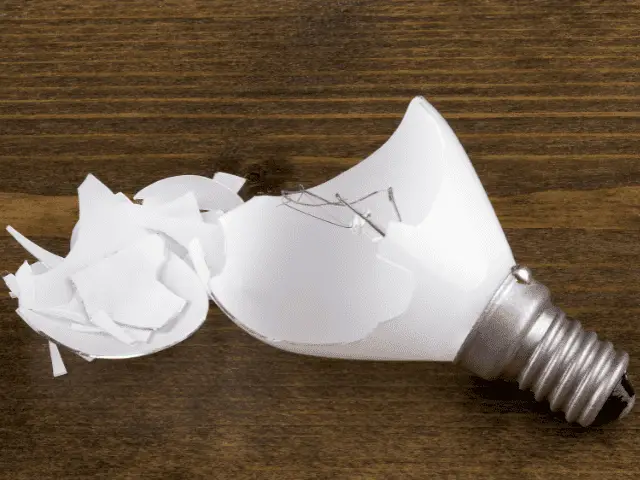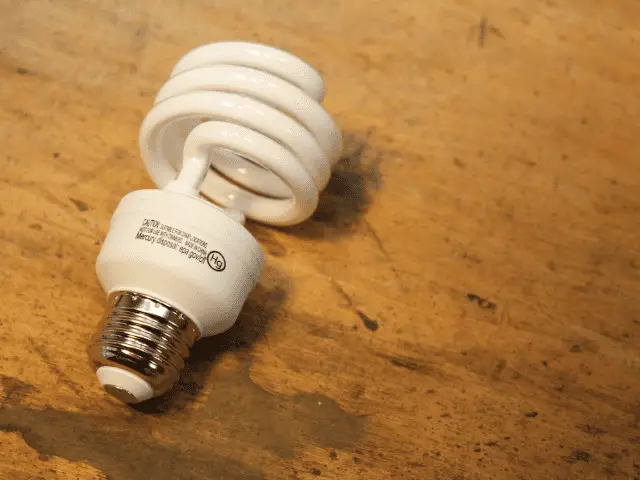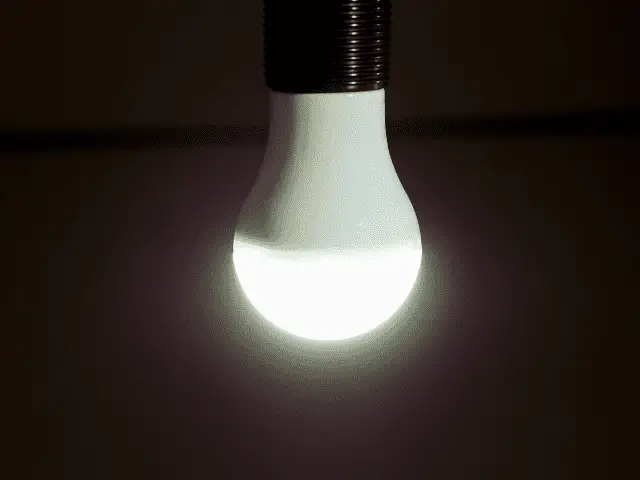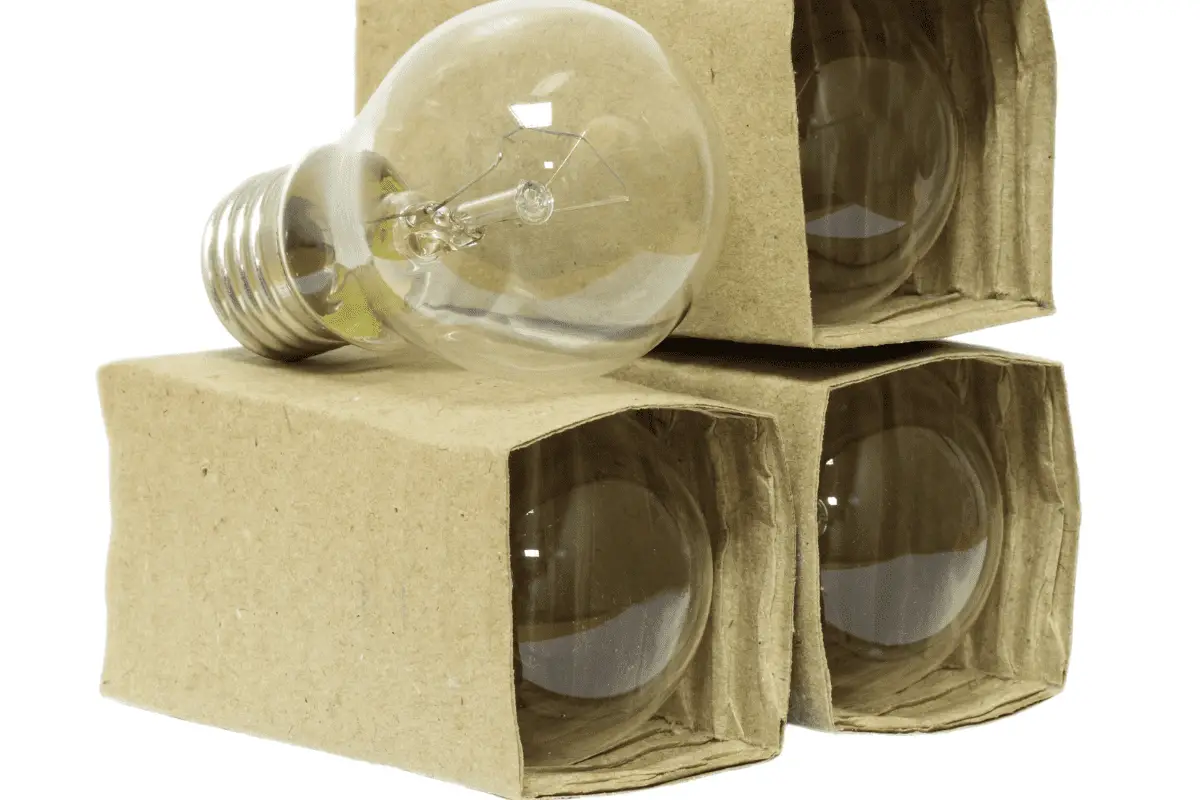As we all know, light bulbs come in many shapes and sizes. Each serves a specific purpose. And, above all, most are incredibly easy to break. Moreover, transitioning from incandescent bulbs, LEDs and CFCs have built momentum. And with the phase-out expected to end in July 2023, the higher cost of the latter two might make breakage even more regrettable—especially since they’re meant to last much longer than those they replace.
That’s why it’s essential to take great care when packing light bulbs for moving. And, lucky for you, I’m going to explain how to do just that.
Table of Contents
Successfully Packing Light Bulbs for Moving

What is more fragile than a light bulb? And what is more hazardous than one that has been broken? The thin glass that makes up most light bulbs will slice your finger before you even realize it. But you’re reluctant to put it in the regular garbage for disposal since it could injure trash collectors or even a family member searching for a lost item.
Now that we understand the risks of handling light bulbs, it’s essential that we also know the safe and proper way to pack them for moving.
Wrapping Light Bulbs
Most light bulbs come in four-sided cardboard sleeves, with cut-out or pre-formed cardboard inserts to absorb shock and keep them from shifting during travel. So, if you have new bulbs still in these original packages, use them. Otherwise, you will need to create break-resistant packaging of your own.
As a first step, we recommend gently wrapping each light bulb in air-filled padding, like bubble wrap, poly foam, or corrugated cardboard—next, tape all around the bulb’s protective covering to keep it from coming undone during transit.
Pack your light bulbs in a box with dividers (such as those used for glassware or fragile holiday ornaments) to separate each bulb from the others. If you only have a few bulbs to pack, box them with other small, delicate items.
Boxing Light Bulbs
The container you use to pack light bulbs can make a significant difference at the end (i.e., no broken bulbs). If well-buffered and labeled as “fragile,” heavy-walled cardboard cartons should do the trick if you’re shipping them. But a plastic bin is the better choice if you’re putting them in your vehicle or on a moving truck.
Next, use packing paper or more air-filled padding to fill any gaps. Layer loose padding, such as packing “peanuts” or (better) crumpled newsprint or packing paper over the top before sealing the box. Label the box “Fragile,” and indicate that it contains light bulbs for your convenience when unpacking.
Light Bulb Types
Thomas Edison is credited with building the first high-resistance incandescent electric light. It was the first alternative to gaslight—and a lot safer!
It would be many decades before the world would see replacements for incandescent light bulbs, but when they arrived, they too would be transformative. These are today’s LED and CFL light bulbs.
Incandescent Light Bulbs
Electric light bulbs have been around since the early 19th century , but earlier versions were fragile and short-lived due to their filaments, which didn’t produce sufficient light. Moreover, they had to be lit by hand, and the bulbs burned out quickly. There were other prototypes, but the designs were costly and impractical for use by a broad public.
, but earlier versions were fragile and short-lived due to their filaments, which didn’t produce sufficient light. Moreover, they had to be lit by hand, and the bulbs burned out quickly. There were other prototypes, but the designs were costly and impractical for use by a broad public.
However, Edison’s bulbs proved inexpensive, effective, and long-lasting. Finally, in 1879, after years of obsessive improvement efforts, he produced and demonstrated a bulb that would shine for a record 14½ hours. What Edison and others began long ago has advanced—even though today’s light bulbs remain relatively delicate.
CFL Light Bulbs

The first fluorescent light bulb and fixture were displayed to the general public at the 1939 New York World’s Fair.
Compact fluorescent “twister” lights, which you can screw into standard bulb sockets, are not as energy efficient as LED bulbs. But, as you read above, their benefits far outweigh those of incandescent bulbs. These bulbs are also somewhat more breakable than LEDs since the twisted tube is relatively narrow, and its glass is thin.
This is not to mention the long fluorescent CFL tubes used in overhead lighting. Unfortunately, the combination of length, width, and glass thickness only worsen their inherent fragility. So, if you want to pack CFL tubes for packing or shipping, consider having new, already boxed, and sealed bulbs sent directly to your new address—or buy them pre-packed from a local home superstore once you’ve arrived.
You also could DIY your fluorescent tube packing. However, be aware that a CFL tube contains a small amount of mercury vapor which, in large enough amounts, can be toxic to humans and the environment. Of course, no mercury is released when a CFL bulb is intact or in use.
But did you know that one broken 48-inch fluorescent lamp in a small room or vehicle can release enough mercury vapor to exceed the federal Occupational Safety and Health Administration  (OSHA) permissible exposure levels (PEL) of 0.1 mg/m3 (8-hr time-weighted average)?
(OSHA) permissible exposure levels (PEL) of 0.1 mg/m3 (8-hr time-weighted average)?
Using suitable vapor-resistant packaging protects the environment and those who inhabit it from the risks of mercury vapor released by broken tubes.
But unfortunately, many packages marketed for fluorescent lamp transport fail to provide the necessary degree of protection. And since it’s hard to find an appropriate moving or shipping container for these light bulbs in today’s market, consider moving your CFL tubes in a sturdy recycling drum .
.
LED Light Bulbs

Light-emitting diode (LED) bulbs that use semiconductor technology for illumination date back to 1962. So, they use 85% less energy than incandescent bulbs and 50% less than CFL bulbs for the same amount of light. In other words, they provide their class’s highest lumens per watt.
bulbs for the same amount of light. In other words, they provide their class’s highest lumens per watt.
LEDs also offer precise color quality and come in a range of color temperatures from soft ambient to daylight. They are more expensive than CFLs, but their long life (25 times that of standard bulbs) and energy savings make up for the difference.
While they may resemble incandescent light bulbs, technically speaking, LEDs aren’t actually light bulbs but rather employ flowing electrons to create photons, i.e., visible light. Photons generate virtually no heat, so LEDs require much less energy to produce the same degree of brightness as incandescent lights. But they last much longer!
LED lights are environmentally friendly and contain no mercury, unlike their counterpart, High-Intensity Discharge (HID) lamps. They also comply with the Restriction of Hazardous Substances. So as of 2022, LEDs are the top pick for home and commercial lighting. Not only are incandescent bulbs on the way out, but so are CFLs—with good reason.
Load Up Your Light Bulbs and Hit the Road!
Yes, even LED “light bulbs” are relatively easy to break—probably more so than ceramic dishware, china figurines, or the most delicate champagne flutes. But they are at least easier to replace, even if buying new ones might set you back a bit.
You may have several LEDs already stored in your home, though, since many regional energy providers sell them at a significant discount, and they’ve also dropped in price at big box and dollar stores. So if you have some around when it’s time to move, use our packing advice, and load them on the moving truck!

